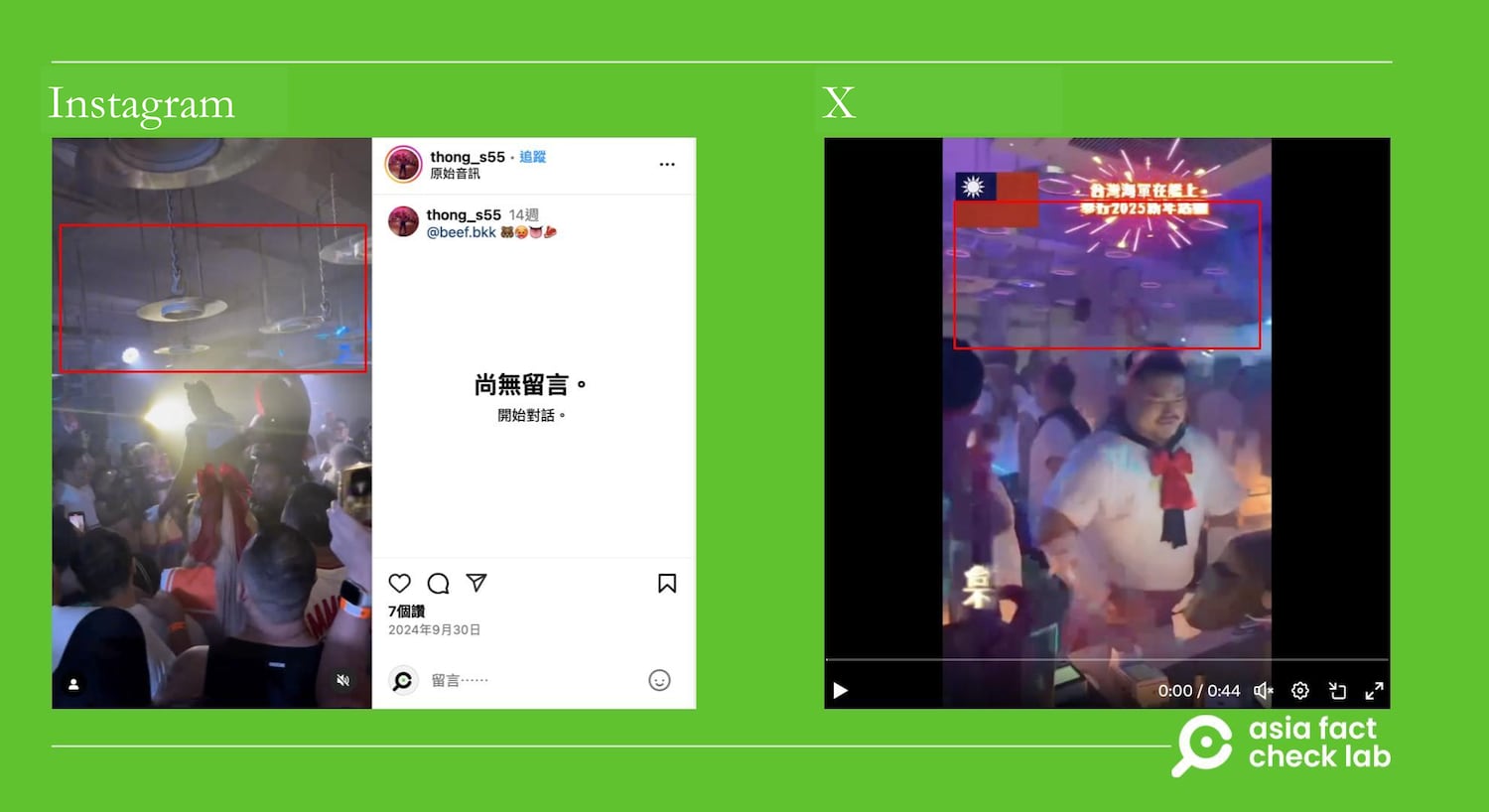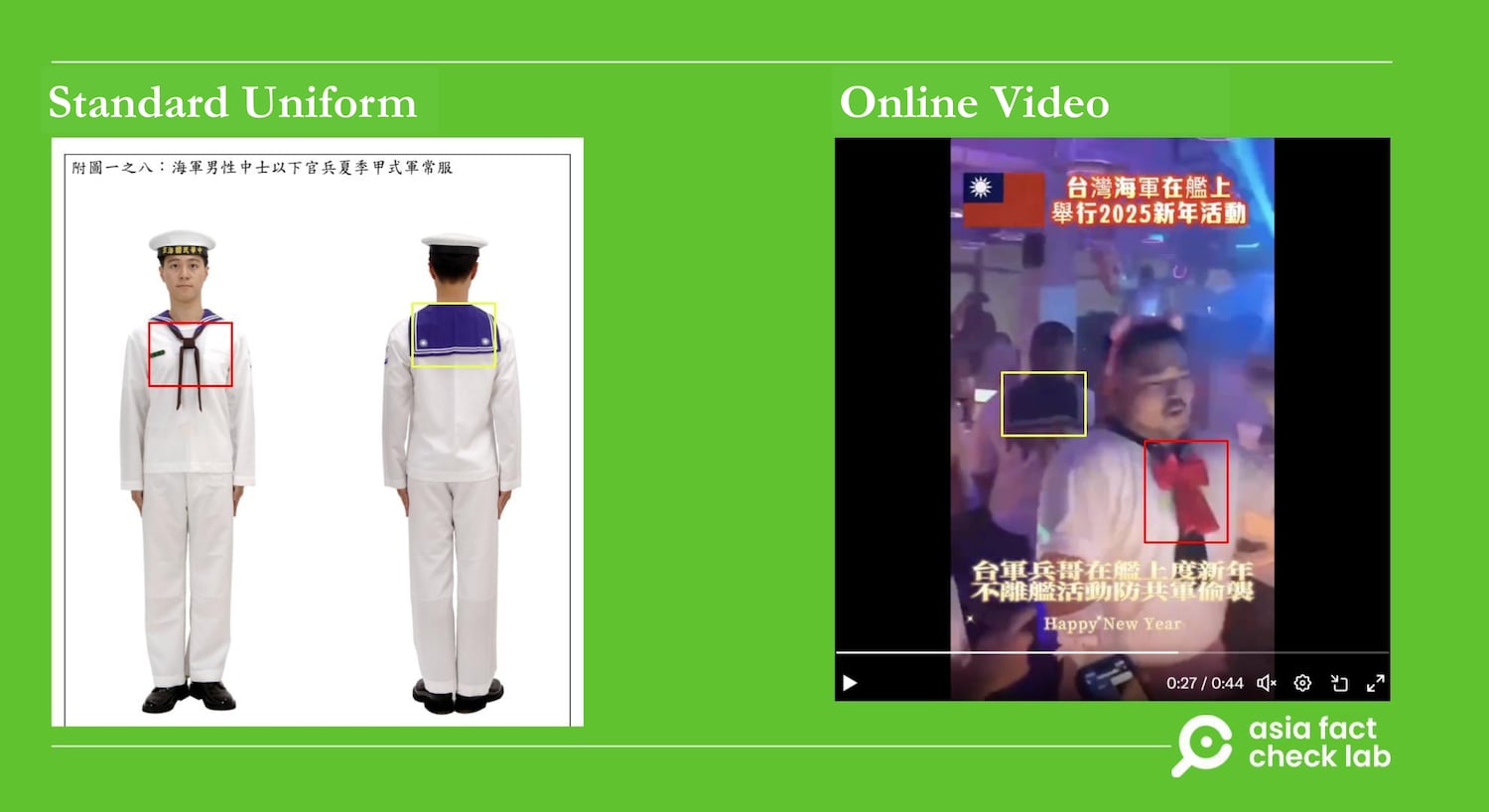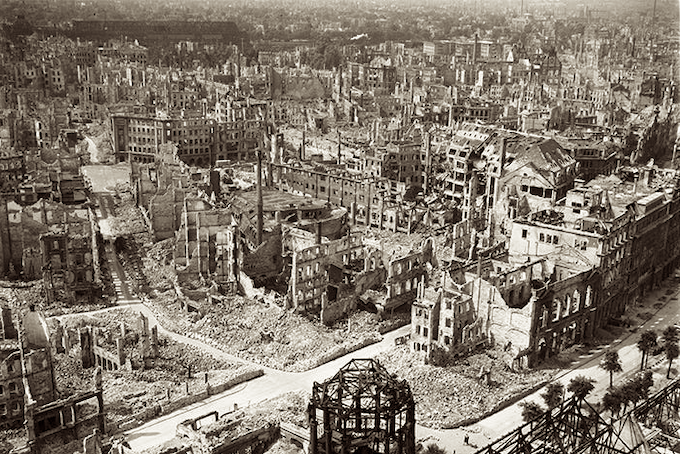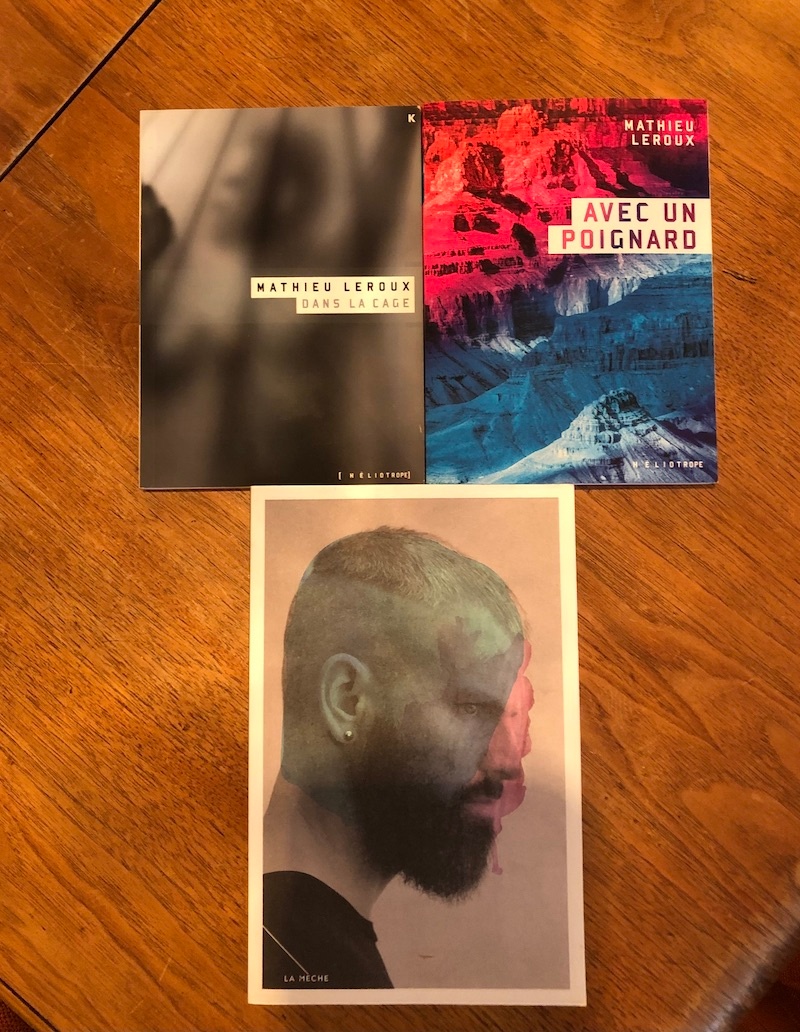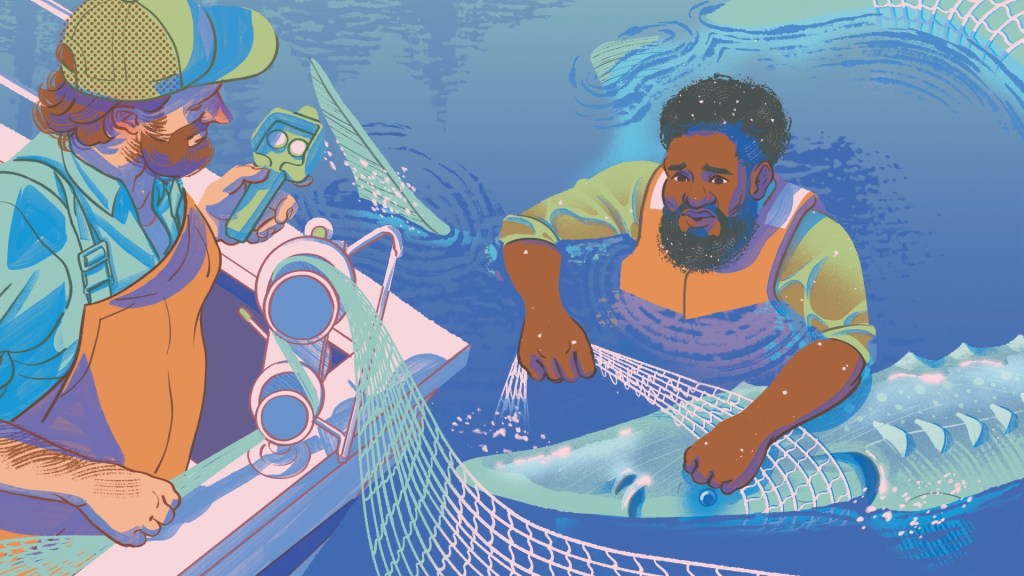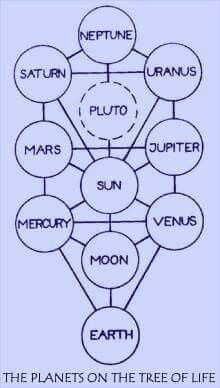What initially drew you to ballet?
My parents put me in out of convenience. My siblings were doing it, so they thought taking us all to one place would be easiest. I hated it at first because everyone played soccer in Oakville, where I lived—the suburban soccer capital of Southern Ontario. I was kind of embarrassed to go to ballet after school. I would wear big basketball shorts and pretend to be all sporty, and then I’d be like, “Ugh, off I go to ballet.”
What shifted?
In grade five, I started getting good. I played Clara in The Nutcracker at my little ballet school. One of my teachers, Mrs. Brown—who was so cool—suggested I audition for the National Ballet School. I just thought, “All right,” and didn’t give it much thought. I went to Toronto to audition, where I was amongst fifty little ten-year-old girls, each wearing a number, skipping and running around a big, beautiful studio. They’re looking at your body at that age to see if they could train it and mold it to be a successful dancer.
Were you aware of that at the time?
Not at all. I was like, “Woo-hoo!”
What did your parents think?
They were incredibly supportive, we all moved to Toronto so I could go. I don’t think they knew what to expect—sometimes, I wonder if they would have let me audition if they had. My mom has commented along those lines, but she also agrees that it was an incredible privilege and a wonderful way to grow up. I got to do what I love every day.
What did it look like when things didn’t go well?
If you had a really strict ballet teacher, you’d be getting yelled at in the studio every day—it’s incredibly discouraging. Then there’s the disappointment of not getting cast in a role or the setback of an injury.
Were there any other positive mentors?
Yes, there were a lot of great mentors, especially the artistic director of ballet school. I love her with all my heart; she’s one of the most amazing people in the world. She did her best to make ballet school a really supportive and, as best she could, safe place. She was looking out for people.
What parts felt unsafe?
It’s so competitive. Because you’re staring at your body in the mirror every day, I started thinking I was too fat when I was fourteen.
Did they have counselors?
They did. They had a nutritionist who came, but it’s complicated—I think even thinking about food too much is a lot for a young girl. We would also have therapists meet with our class as a group, but with a bunch of twelve-year-old, bratty ballet school girls, it didn’t really work as intended. Instead of using it to decompress and discuss our mutual difficulties, we would attack each other. All the competition and nasty classic high school girls’ stuff would come out. It’s hilarious in retrospect.
It’s wild to think that was your high school experience!
I went there from grade 6 to 12 and then another year after high school, which is the maximum amount of time. I had no friends outside of ballet because my entire life revolved around it. Our days started at 8 A.M. with academics—we’d spend the morning in our little uniforms doing schoolwork. After lunch, it was ballet until 6 P.M. or 7 P.M. Afterward, I’d go home, do my homework, and go to bed. There was just no time for anything else.
I was one of the only day students in my class—most classmates lived at the school, while I went home each night. It was such a sheltered environment, such a bubble. I think that’s why now, being outside of that world, I make such an effort to meet new people all the time—because I never had the chance for so long.
Do you feel like any parts of your life now are a reaction to that experience?
Whenever I try to psychoanalyze myself, everything goes back to ballet school. Trying to expand my world now feels like a massive rejection of living in that bubble for so long. It was an isolated environment; everyone around me was focused on the same thing. My sibling also went to ballet school, so my family was immersed in it, too.
I always joke that I’ve never seen a movie. All those classic films people watched during those years—there was just no time for them. So when I went to university, it was overwhelming to suddenly learn about the world and meet all these different kinds of people. I realized, “Oh my God, what have I been doing all this time?”
Can you talk about why you left ballet for university?
When I was eighteen, I moved to Mannheim, a small town in Germany. I was all alone. I ended up in this tiny, spider-infested apartment, living by myself. It was split between the school and the company, and a good landing pad where I could keep training and audition for ballet companies around Europe. I was so fragile back then, physically small, and had been struggling with injuries for the last two years of high school—I kept getting stress fractures in my feet. In the early days of ballet school, I was the best in my class, but then the injuries started catching up, and I began falling in the ranks. It was obvious to everyone, including me, what was happening, and it was a vulnerable feeling. But at the time, I was still convinced I’d make it in the ballet world and it felt like there wasn’t another option.
When I arrived in Mannheim, the director—who ran the school and the company—looked like a villain straight out of a movie. She was so thin, like a skeleton woman who had smoked two million packs of cigarettes in her life. She mostly only hired short, petite dancers. On the very first day, I went to class, and she pulled me aside and weighed me right in front of everyone. I’m 5’8”, so I was towering over everyone else, who were about 4’11”. In front of them all, she told me, “You need to lose 5 to 10 kilos before I cast you in anything.” She added, “It’ll take a gorilla to lift you.”
That’s horrible.
Of course, it was objectively ridiculous, but it affected me so much. Luckily, my best friend, Helen Clare, was in Düsseldorf, a four-hour bus ride away. On weekends, I’d visit her, get a bit of respite, and then return. But during the week, I was really trying to lose weight. One of the only moments of joy I had was when that director pulled me aside and said, “You’re losing a lot of weight. You’re looking good.”
I remember thinking, “Woo-hoo!” and literally jumping into the changing room. But the reality was that I was exhausted, weak, and really depressed. I did have a couple of good teachers, but I don’t know how they worked within an environment where all the favoured students were clearly not eating. I had never seen a ballet culture quite like that.
That sounds physically and psychologically exhausting.
Yeah, exactly. My ballet teacher there—I wish I remembered her name—was this Russian woman who only spoke German and Russian, so we had no solid way to communicate. But somehow, we got along, and I really liked her. I remember one day in class, I had been crying the entire time, staring at myself in the mirror, pinching at my body between every exercise. She pulled me aside and said, “You come in looking joyful on Monday. But by Friday, I see you disappearing.” She meant it literally—physically and emotionally. She was trying to give me a wake-up call… in Russian and German as best she could.
That Christmas, I returned to Toronto and told Mavis—the director I loved—about everything. She didn’t hesitate. She just said, “We’re getting you out of there.” She made one phone call to the director of a school in The Hague, and that was it. I returned to Germany, pretended I had a family emergency and left.
Wow, Mavis. What an icon!
Mm-hmm. She saved me.
Then what happened?
I injured my hip while there but kept dancing because I didn’t trust that I was hurt, so it got worse and worse. The injury meant I could no longer audition for companies, so my time in Europe ran out. I had to go back to Toronto—injured and jobless. It took another year before they finally diagnosed my hip injury. I really fought for a long time. When I first returned, I started training again at my old ballet school. I got cast in The Nutcracker with the National Ballet and told myself, “Okay, I’m going to do this. I’m going to make it.” But then the pain took over and I couldn’t do the shows.
I remember going to Mavis’s office. I walked in, and she sat me down and got me a glass of water. Every time you walked into her office—a beautiful room in this beautiful old building—she’d offer you water. I’d always say no, and she’d give it to me anyway. We sat in these two big, comfy chairs. We just looked at each other, and she already knew. She asked, “This is it?” and I said, “This is it.” That was the moment I knew—I couldn’t do it anymore.
What was your relationship with dance like right after your surgery? Did you try to ease back into it or step away completely?
Right after my surgery, as part of my recovery, I returned to ballet school and took classes with 10-year-old boys. It was one of the most fun experiences I’ve ever had. They were so sweet. At that age, their bodies are entirely out of their control—they’re growing so fast and need specific training to keep up with themselves. And in a way, I was going through the same thing. My body felt brand new, unfamiliar. So, training alongside them actually helped me relearn how to move.
I was so scared of my hip. I was scared to do anything, so it was just back to the basics. It was nice, but it was also like, “What am I doing this for if I’m not going to dance?” So I just stopped, and then I focused on partying.
Did you stop completely?
Yeah, I think so. I was 21 at that point.
Did it feel like you were reliving your adolescence in a way?
Exactly—because I hadn’t really had the chance before. It was so much fun. But at the same time, I was still struggling with this deep feeling of failure. When that feeling was fresh, I was too embarrassed to keep in touch with anyone from ballet school. In that world, the biggest insult you could get was, “Oh, you’re just going to go to university.” And that’s exactly what I ended up doing.
I went to Concordia to study sociology and anthropology. When I applied to university, I had no idea what I wanted to do—I barely even knew what these majors were. Anthropology was the first one I saw… it started with the letter A.
Why Montreal?
Sometimes, I’d go there to party—I thought it was the coolest place in the world. I guess I just wanted change so badly. I was fresh out of hip surgery, and had been unable to leave my parents’ house for months.
So it made sense to me to go to school in Montreal. At first, I told myself, “I can’t stop dancing,” so I took a contemporary dance class at Concordia in my first semester. It ended up being the worst grade I’ve ever gotten—a C minus. My hip was hurting, and I started skipping classes. I couldn’t believe it. Another ego death.
How did your movement practice evolve after this point?
I would rent a studio and just go and do my own thing—it was really healing. I feel like the past ten years—basically since my surgery—have been me constantly workshopping my relationship with dance in different ways. First, I’m trying to rebuild a career, and then I’m just going to the studio to choreograph on myself with no real plan. Sometimes I’d collaborate on projects with people, but that didn’t feel right either—I still felt embarrassed that I wasn’t in a ballet company.
And yet, because I grew up in a classical ballet setting, I couldn’t shake this feeling of being a huge snob about dance. It’s this strange push and pull—being so hard on myself, feeling like a failure and the worst dancer in the world, and then secretly thinking I’m better trained than everyone else. I was constantly trapped between these two feelings. It’s been this massive identity crisis— I’m still in it.
How did you end up working at The Native Women’s Shelter of Montreal?
A lot of my classes had a social justice focus. Then, I took a few First Peoples Studies classes, and I felt, once again, embarrassed by how little I knew before. But then that feeling shifted to discomfort—sitting in a classroom full of well-off, white university students discussing issues like class and race struggles felt really gross and like I was in yet another elite bubble.
I remember talking to an acquaintance about that, and he mentioned he’d been volunteering at the shelter, so I just signed up. I was in my third year when I started volunteering there. I’d babysit the kids, and it was so fun.
Now, what is your role there?
Now, I’m a Family Care Worker, which means I get to work with Indigenous families in Montreal, mainly in the context of mothers who have had their children removed from their care by Youth Protection. I help them navigate the system and ideally work towards getting their kids back in their care, or help them keep their kids when they have them. It’s the best thing ever. One of the mothers I worked with today—who I’ve been closely involved with—her kids were the first ones I ever babysat when I started volunteering.
What aspects of dance do you still use in this job? Have you noticed any other parallels? I’m really curious about that.
I was actually thinking about this recently. This sounds annoying, but I learned to work incredibly hard—basically torturing myself for a goal. My job is truly exhausting—it takes everything out of me—but in a way, it’s nothing new. Instead of being physically drained at the end of the day, it’s more emotional exhaustion. I think I thrive under that pressure.
It’s strange because if I take a step back and think about it, my job can feel similar to my ballet school or private school experience, even though you’d imagine those fields could never connect. In reality, it gave me a lot of valuable tools that apply to everything.
You’re also teaching a community dance class now—where all ages and dance backgrounds are welcome, and there are no mirrors. Was that a deliberate choice?
No, but I’m really happy it turned out that way. If I had the choice, I would have made the same decision. As a teacher, having a mirror would help me see everyone, but as a dancer, I probably wouldn’t be teaching these classes if I had to see myself. Many people wouldn’t return if they had to see themselves either—it’s just the nature of mirrors.
What was your relationship with dance like before you started teaching these classes? Did you always feel open to returning to it?
While redefining my relationship with dance, I went through a phase of full rejection—wanting nothing to do with it. My old therapist had told me it sounded like it was time to officially close the door to dance so I decided I’d stop renting my studio and stop completely. That was probably the most recent phase before I started teaching these classes. So, the fact that people come in and actually enjoy it is wild to me. My most recent mindset was that ballet was the worst thing in the world, and now I see all these people showing up and saying, “This is fun,” and I almost can’t believe it. I had to break up with that therapist…
Ballet can feel exclusive and intimidating, but it is inspiring to see you reshape its context and history.
It feels really good to do. It’s nice to do it in baggy shorts and a baggy t-shirt with your hair all flopping around.
How has your understanding of movement changed since stepping out of traditional ballet?
I definitely learned that traditional ballet can be really hard on the hips! Now, when I teach these classes, there are moments where I catch myself thinking, “Oh God, this can’t be good for us.” I’ve had to adjust my expectations for my own body, but now I’m also thinking about other people’s bodies. It’s made me more aware—like, “Okay, actually, let’s not do that position,” because I can imagine the strain it could cause.
It’s funny because I feel so far from the body I once had—the classical ballet version of me and that whole mindset. But simultaneously, when I take a ballet class, it’s like my body just knows what to do. It’s so deeply ingrained, and it feels amazing. It’s surprising to realize how much of it is still there.
It’s also given me a new confidence in my body, dancing, and in myself, honestly. <spanclass =”highlight”>I’ve managed to let go of a lot of the embarrassment, sadness, and frustration and instead recognize, “Actually, I achieved a lot.”</span> And now, I get to share that with others. I feel fortunate to have gone through this shift.
What’s been the most fulfilling aspect of this new chapter in your life?
I feel so lucky that so much of my life is meaningful now. My job is really important to me and fulfilling. Still, I wouldn’t necessarily call it rewarding—there’s not a lot of tangible reward for the people I work with, who are facing so many barriers. But getting to know them and being part of their lives is the greatest privilege I could ever imagine. I also felt like dedicating myself to a career in classical ballet was an extremely selfish pursuit, so being able to dedicate myself to helping others feels like an intentional rejection of that.
And now, I have this ballet thing, which is meaningful in an entirely different way. It’s also a rejection of the selfish pursuit of a ballet career and a chance to share it with people who may not usually have access to it. I’ve finally bridged my two worlds—after going through that full-break identity crisis, the career-ending, the total despair of “Who am I?” For the first time in what feels like ten years, I’ve found this blend of dance-me, social-me, community-focused-me—and happy-me.
What advice would you give somebody going through an unexpected transition in their life?
There’s no rush. If you’re in a position where you don’t have to struggle just to survive, you can take your time to figure out what works. It’s worth it to go through trial and error and figure out what’s there because there are so many more options than we realize. For the first 21 years of my life, I thought there was only one path, but you can always pivot. It’s reassuring to know that life can have different phases, each with its own reality.
It feels so scary and weird when a door closes, but …one window opens?
[Laughs] I don’t know if that’s what they say. When one door closes, another one opens.
Or climb out the window.
Exactly—climb out the window.
Lili Dobronyi recommends:
Getting to know the local Indigenous realities wherever you live and donating to a community organization monthly if you can
Videos of SNL cast members breaking character
Eating a bit of candy every day. I can’t sleep if I don’t
Singing along to every single radio hit in the car, whether you know the words or not
Coming to my ballet class 😉
This post was originally published on The Creative Independent.

